50% of Americans are pre-diabetic. Can getting back to your ancestral roots reduce your risk?
We’re in the midst of a diabetes (type 2) epidemic. The global burden of diabetes doubled from 1980 to 2014, and it is rising rapidly in low to middle income families and countries. (1) The World Health Organization predicts that by the year 2030, diabetes will be the 7th leading cause of death in the world. (2)
Today, 50% of Americans are classified as pre-diabetic or diabetic, despite experts being in agreement that the standard American diet (SAD) figures centrally in the pathogenesis of “diseases of civilization,” such as diabetes. (3) Can getting back to your ancestral roots and adopting a Paleo diet reduce your risk or reverse pre-diabetes and diabetes?
Suffering from Diabetes or blood sugar imbalance?
Grab our FREE Diabetes Guide & 7 Day Meal Plan here!
What is Diabetes?
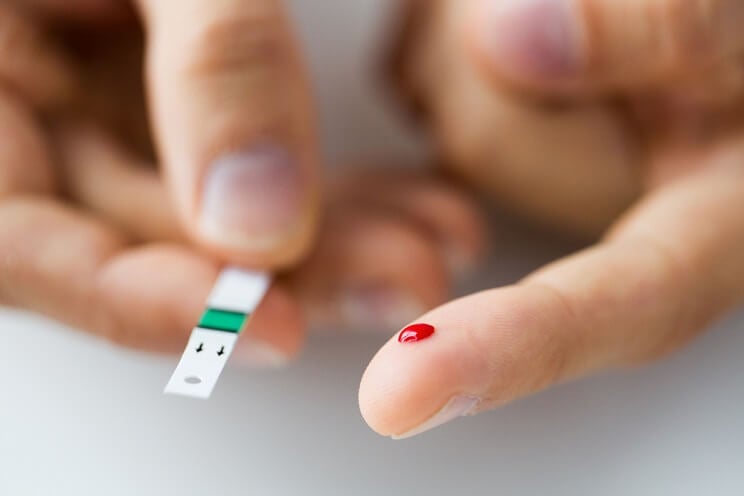
Type 1 diabetes is an autoimmune condition in which the beta cells of the pancreas do not produce insulin. This is where the wonders of modern medicine save the day, providing lifesaving insulin that can be delivered after each meal. This condition requires the use of exogenous (i.e., medication) insulin to survive. Although this article will not address type 1 diabetes, there is still a crossover benefit from making the suggested changes (i.e., you use less insulin after each meal). [tweet_quote] Type 1 diabetes is when your body cannot product insulin; Type 2 is when your body becomes “resistant” to insulin.[/tweet_quote]
Type 2 diabetes occurs when your body becomes “resistant” to insulin. What does this mean? Imagine someone tapping you on the elbow; at first you notice the stimulus but after a while, your brain becomes numb to the stimulus. This is similar to what occurs with type 2 diabetes: the bloodstream is constantly flooded with insulin due to the excessive consumption of sugars and processed carbohydrates, and the body becomes less sensitive to the blood sugar hormone. If your body has poor insulin sensitivity, it’s not very efficient at getting the carbs and sugars you eat into your cells, and your pancreas must therefore work overtime and continuously pump out insulin. This leads to chronically high insulin levels in the blood and eventually insulin resistance, the hallmark of diabetes.
Chronically high insulin levels are also a reliable predictor of virtually all the age-related chronic diseases. (4) However, if you’re struggling with weight gain or poor health, there is hope – you’re not destined to a life sentence of diabetes and all of its complications. Let’s take a closer look at how a Paleo diet can impact diabetes.
How Paleo Impacts Blood Sugar and Insulin
There is a growing body of research on the impact of a Paleo diet on blood sugar and insulin response in the overweight, obese and diabetics. Below is a brief summary.
The Paleo Diet vs. American Diabetes Association (ADA) Diet
How does the Paleo diet stack up against the diet recommended by the American Diabetes Association (ADA)? The European Journal of Clinical Nutrition compared the two dietary interventions in 24 people: 14 on the Paleo diet and 10 on the standard ADA diet. After only two weeks, the Paleo diet group displayed significant improvement in insulin function (i.e., the root cause of diabetes), while the standard ADA diet group had no improvements in insulin. (5) These are powerful findings that shed light on the troubling fact the standard ADA diet contains far too much sugar, carbohydrates and processed foods, which are the likely culprits of excessive caloric intake and blood sugar dysfunction. (6)
How Paleo Impacts Insulin and Leptin Hormones
In 2017, a more recent study of 32 type 2 diabetics examined the effects of 12 weeks of a Paleo diet on insulin sensitivity, as well as markers of metabolic health. The results showed that the subjects who switched to a Paleo diet improved their insulin function by an impressive 45%, significantly improved HbA1c levels (a 3-month average of blood sugar control), lost approximately 15 lb. and improved leptin function, the body’s satiety hormone. (7) The authors concluded a Paleo diet improves insulin sensitivity, glycemic control, and leptin in subjects with type 2 diabetes. This supports earlier evidence that a Paleo diet, over a 3-month period, was able to improve blood sugar levels and markers of cardiovascular health in diabetics. (8)
Effects of An “Eat As Much As You Want” Paleo Diet
A small study of overweight, postmenopausal women examined the effects of consuming an ad libitum (i.e., eat as much as you want) Paleo diet for 5 weeks on markers of tissue health. The diet was approximately 30% protein, 40% fat and 30% carbohydrates. The results found reductions in waist/hip ratio, abdominal circumference, blood sugars, blood pressure, triglycerides, inflammatory markers (i.e., C-reactive protein) and apolipoproteins B (ApoB) and A1 (ApoA1). (9)
Long-Term Effects of The Paleo Diet
A long-term study, over the course of two years, examined the effects of a Paleo diet compared to the Nordic Nutrition Recommendations (NNR) diet on diabetes risk in 70 obese, postmenopausal women. The researchers found the Paleo diet group lost almost twice as much weight after 2 years, while also reducing triglyceride levels more significantly. (10) These are both reliable markers for reducing pre-diabetes and diabetes risk.
3-Step Paleo Solution to Prevent Diabetes
1. Eat Low Carb Paleo

To improve blood sugar and insulin control, start with breakfast. Remove all starchy carbs (i.e., breads, juices, cereal, muesli, granola, etc.) and stick to Paleo-friendly proteins, fats and a small amount of high fiber fruit like raspberries or blackberries. For lunch and dinner, stick to a low carb, high fat (LCHF), protein-rich Paleo diet and you’ll be fully satiated, won’t have to count calories, and you’ll see your waistline, blood sugars and insulin all start to improve.
Don’t forget to ditch the snacking as well. The following are some quick suggestions:
- mid-morning – coffee (no sugar) or black tea
- mid-afternoon – green or herbal tea or water
- late night – herbal tea or water
2. Move MORE

Add more movement in your day on the two ends of the exercise intensity spectrum: low-intensity walking and high-intensity interval training (HIIT). Count your steps using an app, Fitbit-type device or pedometer and see how many steps you take in a regular day. Your goal should be 7,000-10,000 per day, but if you notice you’re a long way off that goal, then simply add 500 steps per week until you achieve the desired range. [tweet_quote] Aim for 7,000 to 10,000 steps per day to effectively add more movement for weight loss.[/tweet_quote]
HIIT training is phenomenal for improving blood sugars, insulin and weight loss. It’s also incredibly time efficient. Get creative with your HIIT workouts; run outside, use the stationary bike, try the rowing machine, do step-ups or squats, etc. Aim for 20-30 seconds of “work” intervals, with a 90-second rest between each interval. (Need some inspiration? Check out these 10 HIIT routines).
3. Get More Quality Sleep

To upgrade your sleep, aim for at least 7 hours of sleep per night. Get to bed before midnight and implement some fundamental sleep hygiene habits, such as: keep your room cold and dark, avoid stimulation from phones, iPads and lights, and calm your nervous system with some relaxing reading, light stretching, deep breathing or a warm bath.
The Bottom Line
Getting back to an ancestral or Paleo dietary approach is proven to be an effective strategy for improving blood sugar, insulin dysfunction, and outcomes in clients with diabetes. Get started today or talk to your functional doctor, naturopath or nutritionist about how to tailor an individualized approach for you.
(Read This Next: Autoimmune Disease and the Paleo Diet)


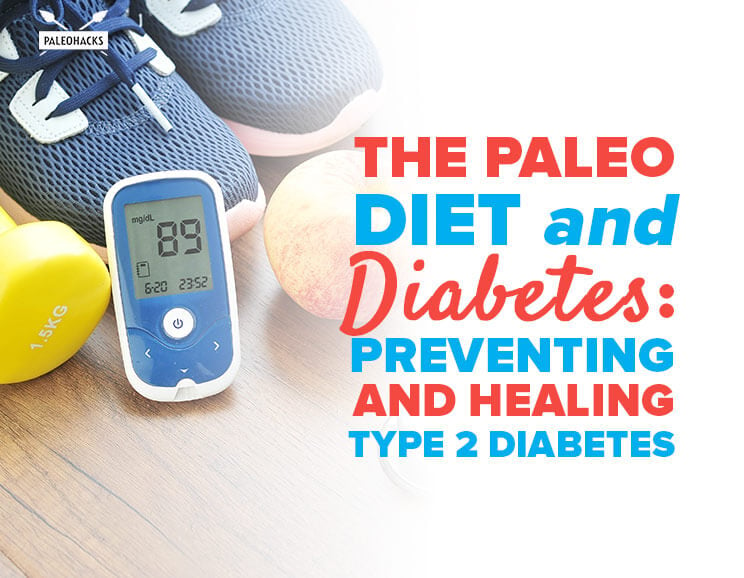
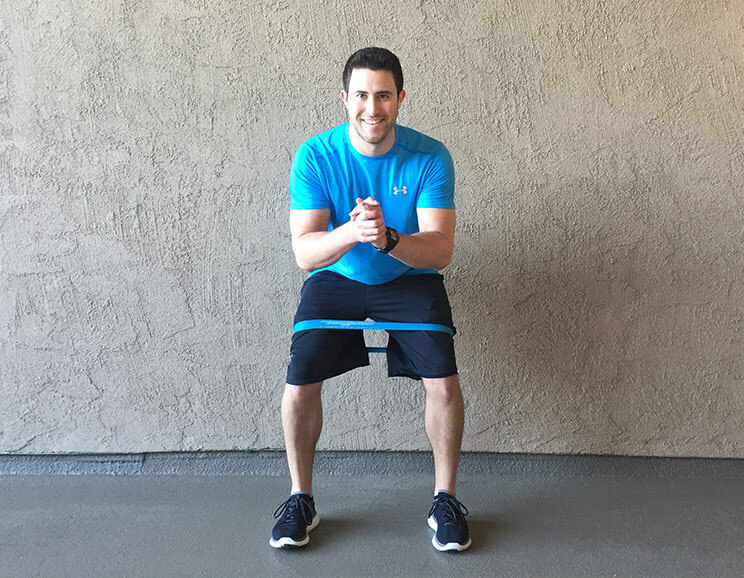 Jump Training: Expert Tips and How to Avoid Painful Injuries
Jump Training: Expert Tips and How to Avoid Painful Injuries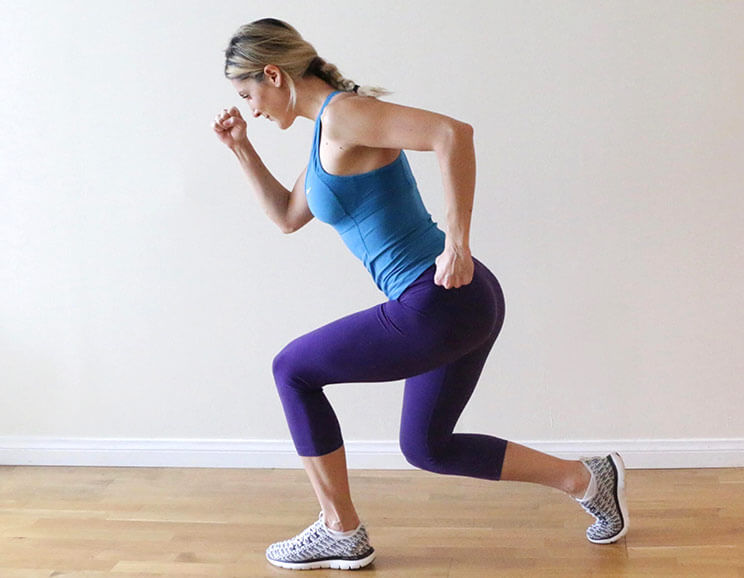
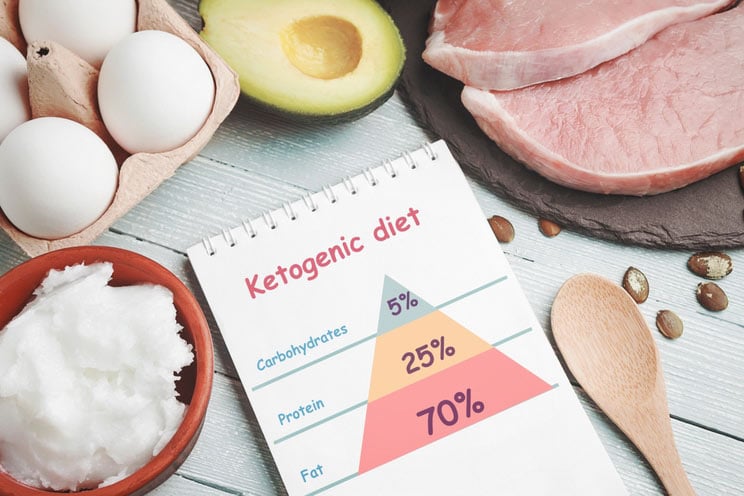
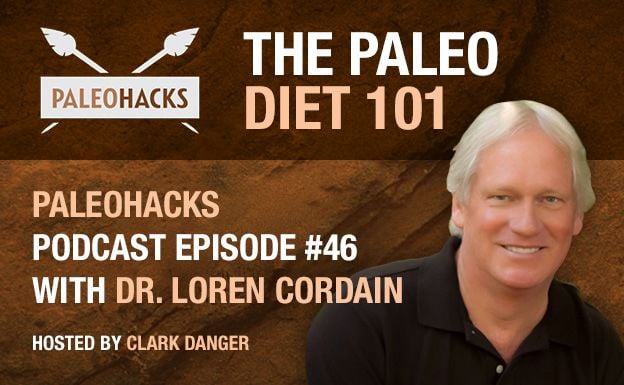





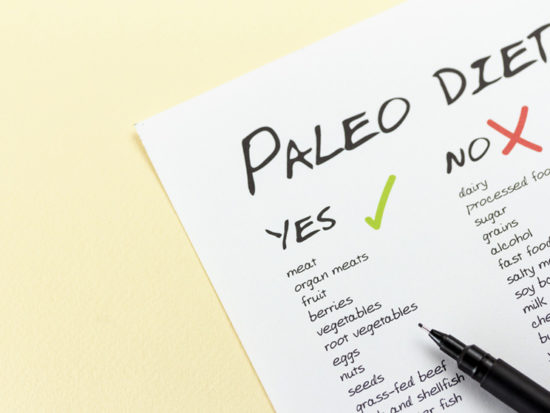
Show Comments